What is sodium chlorite liquid?
Sodium Chlorite is an inorganic sodium salt in which chlorite is the counterion. It has a role as an oxidising agent. It is an inorganic sodium salt and a chlorite salt.
Sodium Chlorite liquid color is yellow-green.
Production Standards:HG/T3250-2010
Molecular formula:NaClO2
CAS No.:7758-19-2
Molecular Weight:90.44
Hazard class: 8
Package: 250KG/Drum, IBC Drum=1250KG
Information on Ingredients
| Inspection terms | Inspection result | Inspection result |
| NaClO2 | 25% | 31% |
| NaClO3 | 0.7% | 0.8% |
| NaOH | 0.7% | 0.8% |
| Na2CO3 | 0.25% | 0.28% |
| NaCl | 1.0% | 1.2% |
| Na2SO4 | 0.018% | 0.02% |
| NaNO3 | 0.01% | 0.02% |
| As | <0.0001% | <0.0001% |
| Hg | <0.00001% | <0.00001% |
Sodium chlorite bleaching principle:
When NaClO2 is bleached, the presence of HClO2 is a necessary condition, and ClO2 is an effective ingredient for bleaching.
1. Analysis of sodium chlorite bleaching process conditions:
(1) The pH value of the bleaching solution
When the pH value of the solution is between 4.6 and 5.5, good whiteness can be obtained, and the fiber loss is small, and the bleaching rate is also moderate. Therefore, bleaching can be carried out at a pH value of 4.6 to 5.5 in production. .
(2) Activator
Activator is an indispensable substance in the process of rolling and bleaching
Function: Change the bleaching solution from alkaline to acidic to release the active ingredients of bleaching.
2. Commonly used activators:
① Acid activator: The acid used for activation can be inorganic acid, such as sulfuric acid, hydrochloric acid, or organic acid, such as formic acid, acetic acid, etc.
Because the acidity of the inorganic acid is too strong, the pH value of the bleaching solution drops too fast, which is unfavorable to the bleaching effect and labor protection. Although the acidity of organic acid is relatively mild, the cost is high, so the pH value is usually adjusted to about 7 with inorganic acid first, and then adjusted to the pH value specified by the process with organic acid.
② Ester activator: The activation effect is good and mild. Since the acid is released only during steaming, it is beneficial to labor protection. However, due to its high price and high requirements for steaming conditions, it is not used much.
③ Ammonium (amine) activators: stable at room temperature, release acid under high temperature conditions, so that sodium chlorite slowly releases effective bleaching ingredients to achieve the purpose of bleaching. Because they can also release ammonia gas while releasing acid, and ammonia gas has an inhibitory effect on chlorine dioxide, so the use of such activators is effective for labor protection, while reducing equipment corrosion, and improving the bleaching effect, and the cost is also relatively low. Low.
3.Concentration of floating solution
Comprehensive selection is made according to the impurity content of the plant, the processing method, and the nature of the activator.
Generally, during continuous steam bleaching, the padding concentration of the bleaching solution is 12-25 g/L.
4.Bleaching solution temperature and bleaching time
As the temperature rises, the decomposition rate of sodium chlorite is accelerated, and the whiteness is also increased, but the choice of temperature is related to the type and nature of the activator, and different activators use different temperatures.
For organic acid activators, satisfactory results can be obtained at a temperature of 80 °C; if organic esters are used as activators, the temperature must be as high as 95 °C to have a better bleaching effect.
Generally, the continuous steam bleaching time is 60-90 min.
FAQ
What is sodium chlorite liquid bleaching?
Sodium chlorite liquid bleaching is a textile treatment process that uses sodium chlorite solution to remove or lighten color from fabrics. It is commonly employed in the textile industry to achieve various levels of whiteness and brightness in textile products.
How does sodium chlorite bleaching work?
Sodium chlorite reacts with water and acid to generate chlorine dioxide gas, which is the active bleaching agent. Chlorine dioxide molecules break down the color molecules in the fabric through oxidation, resulting in the removal of stains and color.
Is sodium chlorite bleaching safe for textiles?
When used under controlled conditions and following recommended guidelines, sodium chlorite bleaching is generally considered safe for textiles. However, proper handling, dilution, and disposal are crucial to ensure safety for both workers and the environment.
Can all types of textiles be bleached with sodium chlorite?
Sodium chlorite bleaching is effective on various natural fibers like cotton, linen, and hemp. However, it may not be suitable for all types of textiles, such as delicate or synthetic fibers. Conducting a compatibility test on a small fabric sample is advisable.
What are the benefits of sodium chlorite bleaching?
Sodium chlorite bleaching offers excellent stain and color removal, leading to enhanced whiteness and brightness of textiles. It is also relatively fast and cost-effective compared to some other bleaching methods.
Are there any environmental considerations?
Sodium chlorite bleaching can generate chlorine dioxide gas, which can be harmful to the environment if not properly managed. Proper wastewater treatment and disposal methods are essential to prevent negative environmental impacts.
Can I use sodium chlorite at home for bleaching textiles?
Sodium chlorite bleaching involves handling potentially hazardous chemicals and requires careful control. It is recommended to leave this process to professionals in the textile industry and not attempt it at home.
Is it necessary to neutralize textiles after sodium chlorite bleaching?
Neutralizing the textiles after sodium chlorite bleaching is often recommended to remove any residual chlorine compounds and ensure the fabric's safety and comfort for wear.
Are there any alternatives to sodium chlorite bleaching?
Other bleaching agents, such as hydrogen peroxide or oxygen-based bleaches, are alternatives to sodium chlorite bleaching and might be suitable for specific textile types or applications.
Where can I find sodium chlorite liquid and related equipment for textile bleaching?
Sodium chlorite liquid and the necessary equipment for textile bleaching can be order from us. Always ensure that you are purchasing from reliable sources and adhere to safety guidelines.
(Note: Always consult with professionals or experts before attempting any industrial processes involving chemicals or equipment.)
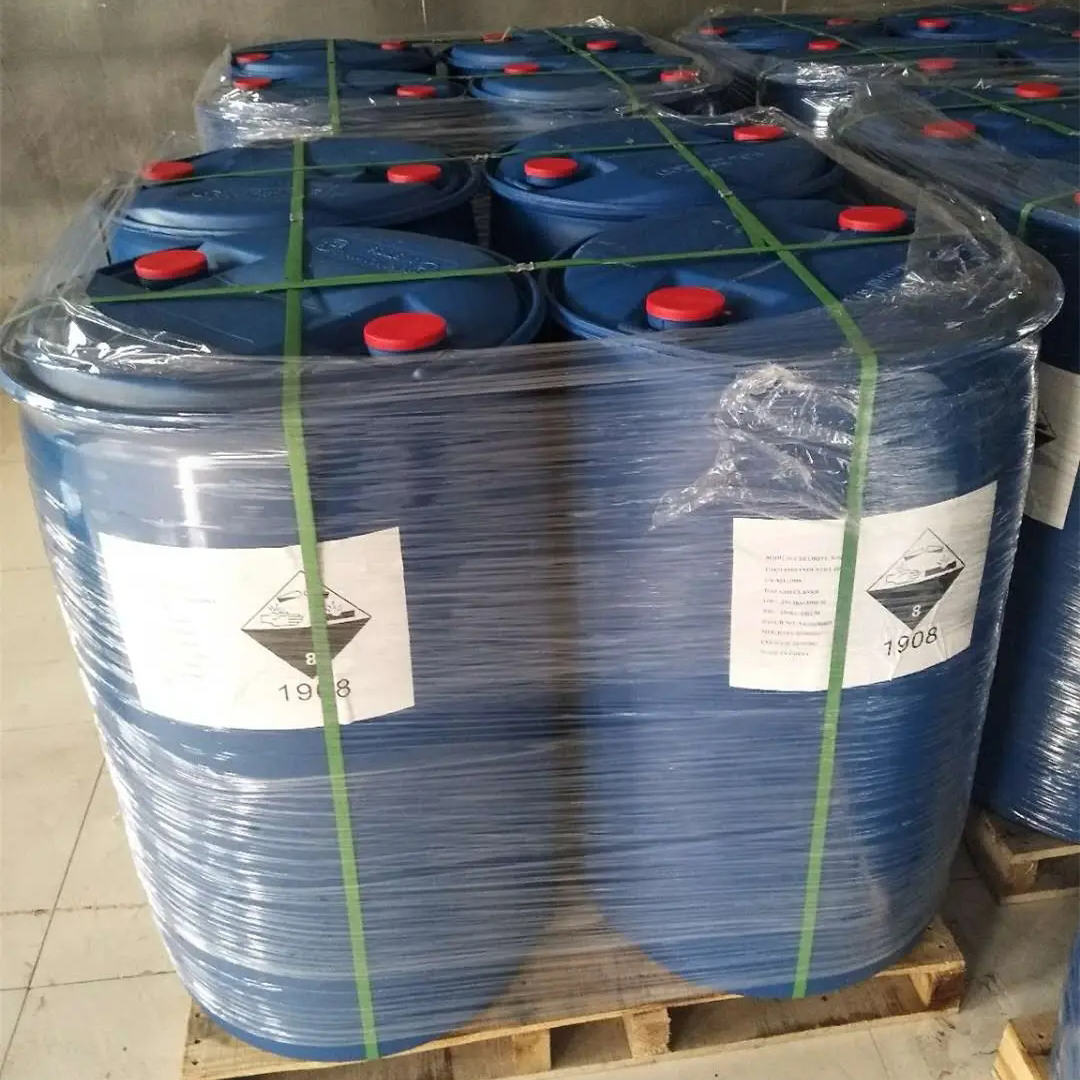

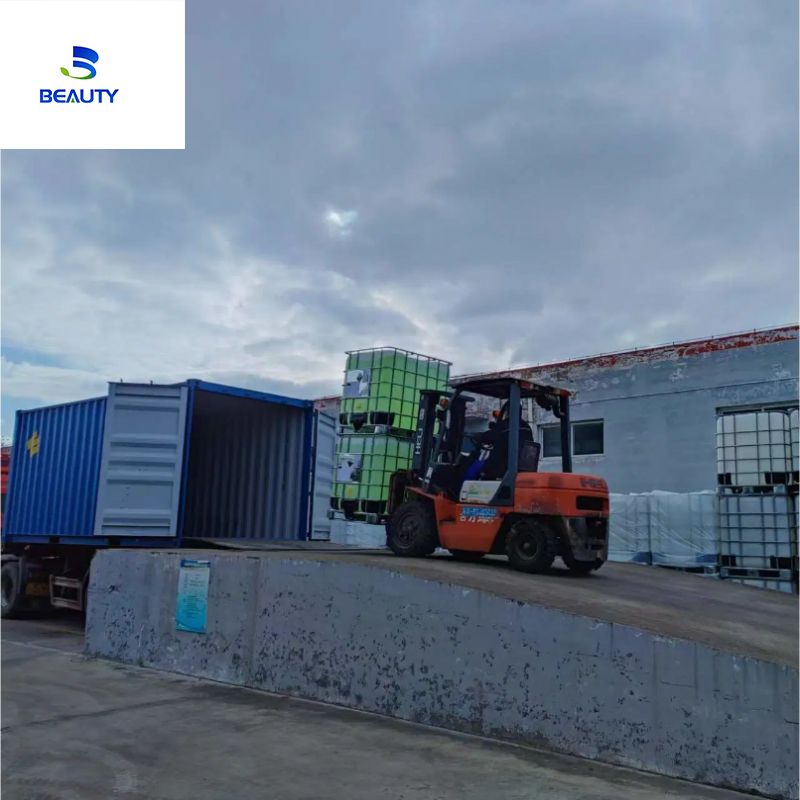
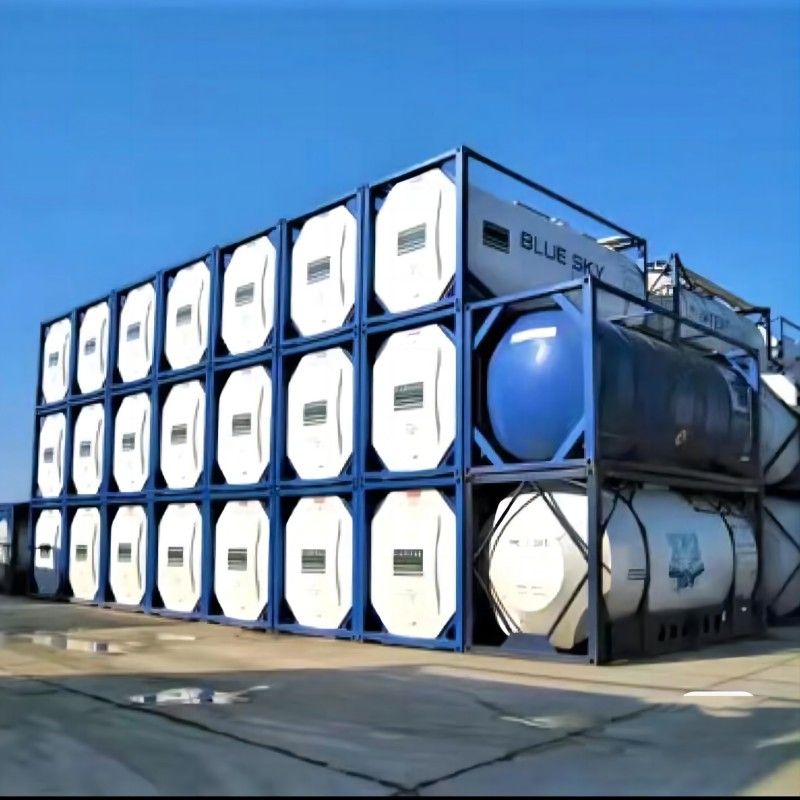
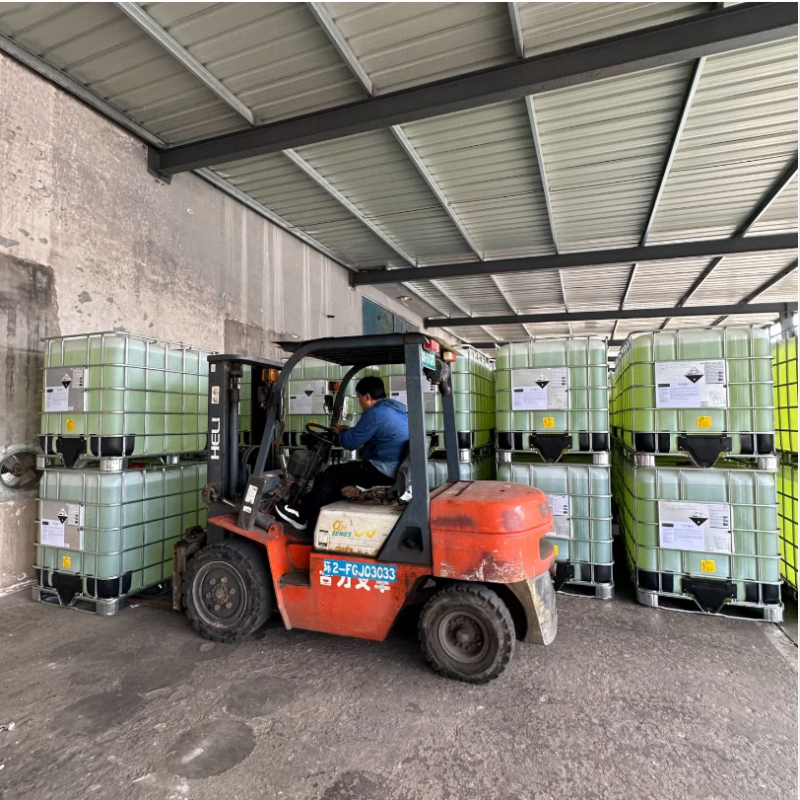
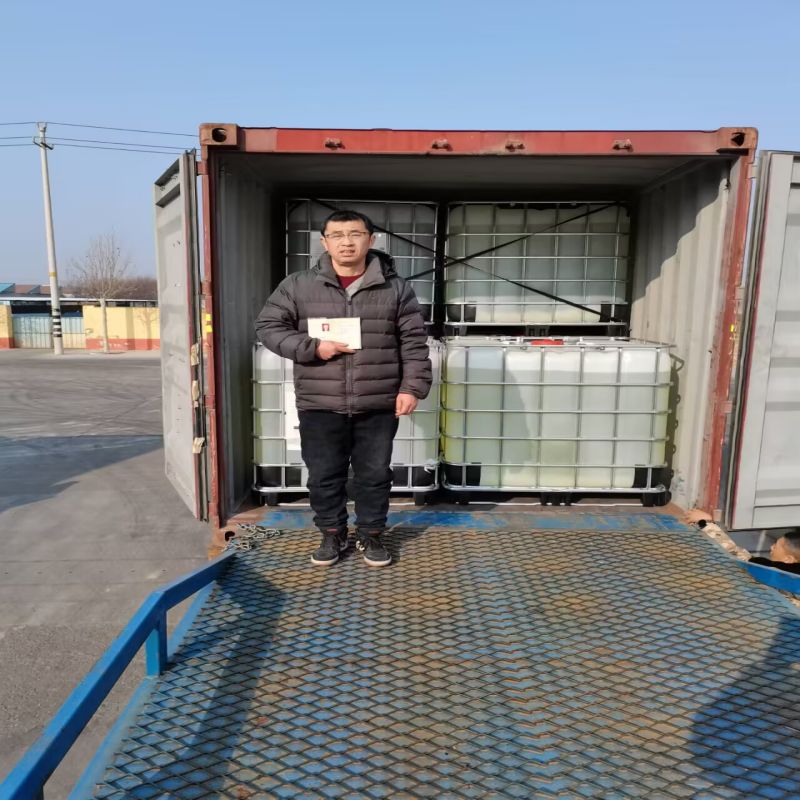
 No.366 Liaoyang West Road Shibei District Qingdao City,Shandong Province,China
No.366 Liaoyang West Road Shibei District Qingdao City,Shandong Province,China.png) fbeautychem@gmail.com
fbeautychem@gmail.com